Big, bright displays are the star of today’s meeting rooms, but there are other important technologies that are more than just supporting players. In fact, in hybrid meetings, some of these actually carry the entire show.
In addition to the visible displays, cameras, microphones, and loudspeakers, there are behind-the-scenes tools that support the audiovisual experience. These technologies help enhance the employee experience in the hybrid workplace by improving connectivity, visibility, audio, and other important aspects of collaboration.
In our last post, we addressed how other AV technologies can impact the employee experience. We’ve expanded on that to include technologies that are sometimes overlooked but that can have a big impact on how employees feel about work.
Make Sound Decisions for Better Audio
Consider room acoustics when implementing AV technologies. The size, shape, and materials of your meeting room will impact how your audio technology works. Hard surfaces will contribute to echo and reverberation that can create a bad audio experience, particularly for remote call participants.
Sound absorption solutions include acoustic panels and partitions, hanging acoustic baffles, and acoustic ceiling tiles. These solutions are made of materials like foam or cotton to absorb and soften sounds. They prevent echo, which is a common frustration on conference calls.
Sound masking solutions play background noise so that employees aren’t distracted by annoying chatter or other sounds. The masking sounds are designed to match human voice frequencies so that employees aren’t interrupted or overheard when trying to talk to in-office or remote colleagues.
Improve Video with Low-Key Tech
Video conferencing and other daily office activities use bandwidth, but when you add the demands of 4K, HDR, and even VR, offices need a lot of it. The cables that transmit data, carry communications, and connect to networks are technologies that employees rely on but don’t really see. However, connectivity failures can create a terrible employee experience.
Many workplaces are choosing fiber for their audio and video distribution because it can handle the demands of modern AV technology and because it is a secure solution. An AV professional can help ensure you’re choosing high-quality cables that meet your needs. They can also make sure they’re properly installed.
Another forgotten aspect of video conferencing is room lighting. Without properly placed lighting, participants may be hard to see on camera, creating a negative experience for others on the call.
Better Tech Equals Better Collaboration
You can help provide better employee experiences by making the most of some other under-appreciated technologies. Analytics–including meeting and room analytics–can give you insights into call quality, room occupancy, device use, and more. You can use this data to create better employee experiences by helping employees adopt under-utilized technology features, providing the spaces and technology they want, and improving the solutions that aren’t performing as they should.
Employees also tend to take AV control systems for granted, but they can do a lot to improve work experiences. Employees can automate and consolidate user preferences to make meetings easier to start and run. Users can even book spaces and run hybrid conference calls from their own devices using convenient apps.
Noise, echo, dropped calls, and other technology hiccups sour the employee experience, especially if they’re frequent, ongoing, or significant enough to disrupt work and meeting outcomes. So, it’s important to choose technologies–even those in the background–that support a hybrid workplace and positive employee experience.
If you want to know more about how AV technology can deliver a better experience for your employees, download our AV Experience Guide.









